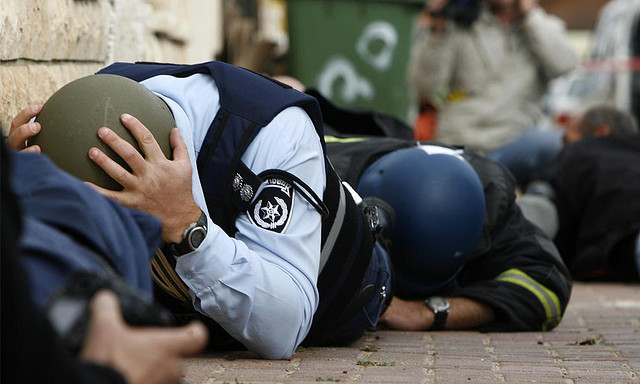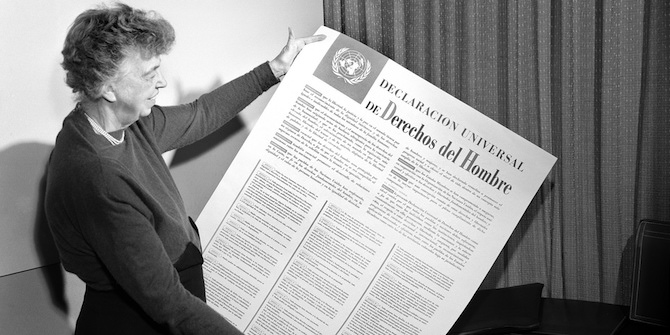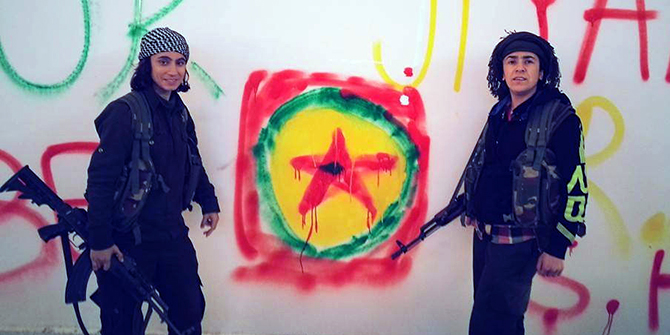by David Rieff
This is the fifth part in our symposium on Israel, Palestine and the Responsibility to Protect. The other four contributions can be found here, here, here, and here. David Rieff is a writer and journalist. He has authored dozens of articles and is the author of many books, including A Bed for the Night: Humanitarianism in Crisis (2003), Against Remembrance (2011) and The Reproach of Hunger (Forthcoming 2015).

It is important distinguish between two questions posed in this online symposium, the first being whether R2P is applicable to the war now going on in Gaza and the second being whether looking at the conflict through the lens of R2P is helpful or counter-productive?
There is simply no absolutely clear-cut answer to the ‘applicability’ question. R2P only applies to intra-state wars. However, as Gaza is part of the internationally-recognized State of Palestine, the conflict between Israel and Hamas is formally an inter-state conflict. On the other hand, since apart from the commerce that takes place through the smugglers’ tunnels under the Rafah border crossing with Egypt, Gaza is wholly cut off from the outside world as demanded by Israel. The Israeli government controls movement in and out by land, sea, and air, making the citizens of Gaza wholly dependent either on Israel directly or on essential goods and services trans-shipped through the Jewish State. A strong case can thus be made that Israel remains the de facto occupying power, even if it has no longer been the de jure one since it closed its military bases, dismantled its settlements, and ceased its participation in the joint Israeli-Palestinian Erez Industrial Zone in September, 2005.
Assuming R2P does apply, or at least could be applied without traducing the spirit of the 2005 World Summit Outcome Document, is that the same thing as saying that R2P is a helpful way not just of framing the conflict but of trying to think through at least how to halt the atrocities and war crimes now being committed against civilians, mainly by Israel but by Hamas as well, or at least lessen their toll as the fighting continues? It is worth remembering that R2P was explicitly referred to in 2011 in United Nations Security Council Resolution 1970, which, along with a successor resolution (UNSC 1973) set the stage for the UN-authorized NATO intervention in Libya. While it may have begun as an ‘R2P compliant’ effort to protect civilians, NATO’s intervention in Libya soon became an exercise in regime change. All roads to hell are indeed paved with good intentions, but the particular road named R2P has already proven to be especially and opulently well paved with them!
Whatever the intentions, though, even assuming that R2P applies to the latest round of fighting in Gaza, the disadvantages of viewing events in Gaza through its prism should be obvious. It should be clear from the Israeli government’s dismissive responses to criticisms of the way it has conducted its assault in Gaza from the UN and from relief, development, and human rights NGOs, that the various non-military international responses and sanctions available under R2P would have no effect, even assuming the major EU governments would be prepared to join in them – which they most decidedly are not. As for the military response permitted under R2P, it could not fulfill the so-called reasonable prospect of success criterion that is one of the six threshold questions that all must be answered in the affirmative in order to justify a coercive intervention. Israel, lest it be forgotten, is a nuclear power. In any case, the question is purely academic since an armed intervention under R2P requires a UN Security Council resolution, which, in the infinitesimal chance that such a resolution were ever allowed to be put on the table would, without the slightest question or doubt, be vetoed by the United States.
To be sure, an advocate of invoking R2P with regard to what is now taking place in Gaza might argue that if its practical utility is nil, using it as a moral and legal frame for the conflict has a certain rhetorical value. But this seems quite far-fetched to me. Given the profusion of available images of what is going on in Gaza, many of which continue to appear on social media in real time, those who believe that Israel is committing mass atrocity crimes in Gaza have no need whatsoever of R2P to buttress their case. And it is hardly as if the relevant UN specialized agencies, most importantly UNRWA and the Office of the High Commissioner for Human Rights, but a number of others as well, or mainstream relief, development, and human rights NGOs need R2P in order to find the courage to denounce what is taking place. To the contrary, if there was a correlation between denunciation of war crimes and their cessation, the war would have been over days – or perhaps even years – ago.
This exposes the deep flaw in R2P, which, in many ways, is simply an especially florid manifestation of the intellectual incoherence and moral grandstanding of the international human rights movement, and those governments, notably that of Canada, pre-Stephen Harper, obviously, that have supported it (in large measure, R2P can be said to have been ‘Made in Ottawa’). Go on the R2P website, and you will see that it stipulates, “three pillars of responsibility,” the third being that, “If a state is manifestly failing to protect its populations, the international community must be prepared to take appropriate collective action, in a timely and decisive manner and in accordance with the UN Charter.” But virtually every element of this injunction misrepresents reality. To begin with, while there is an international order, (even if it is somewhat in flux at the moment with the rise of China), there is no such thing as the international community – at least if one believes, and surely this is an absolutely minimal requirement if the term ‘community’ is to have any meaning, that the existence of such a collectivity requires a serious degree of moral consensus.
After the moral and operational abortion that was the overthrow of the Gaddafi regime, after South Sudan and the Central African Republic, Syria and Iraq, does it really take the new war in Gaza to drive this point home? If the years since the adoption of R2P have proven anything, it is that there is no consensus among the major international actors which could lead them to come close to agreeing on what “appropriate collective action” would consist of, let alone know how to do it in “a timely and decisive manner.”
In a human rights culture that makes a moral totem out of optimism, this may seem cynical. But if one draws conclusions from the empirical evidence rather than self-indulgently moral asylum in one’s hopes, one is confronted by the fact that in the second decade of the 21st century, there exists neither the moral nor the political consensus that are the prerequisites for R2P to serve the purposes its architects imagined for it. And that is why there is simply no basis for thinking R2P is a useful frame for anything, full stop.
Other contributions to this symposium, include:
- Both Israel and Hamas have a Responsibility to Protect Civilians, by Simon Adams
- Gaza and Israel – A Case for International Humanitarian Law, Not R2P, by James P. Rudolph
- In Palestine, R2P Isn’t Dead. It Could Never Have Existed, by Michael Kearney
- The Israeli-Gaza Crisis and the Responsibility to Protect: Does the Norm Apply?, by Megan Schmidt
- ‘Is Gaza in Israel?’ R2P and Inter-State Crises, by Aidan Hehir





